Effects of Oxygen Content on Microstructure and Creep Property of Powder Metallurgy Superalloy
Abstract
:1. Introduction
2. Materials and Methods
2.1. Alloys and Preparation
2.2. Materials Characterization
2.3. Creep Test and Characterization
3. Results and Discussion
3.1. Effect of Oxygen Content on Microstructure of FGH96 Superalloy
3.2. Effect of Oxygen Content on Creep Property of FGH96 Superalloy
3.3. Creep Mechanism
4. Conclusions
- Oxygen content increased from 135 ppm to 341 ppm, PPB grade rose from grade 2 to grade 3, the size of the γ′ phase on PPB enlarged from 1.07 μm to 1.27 μm, the MC carbide size grew from 77.4 nm to 104.0 nm and the MC volume fraction increased from 0.15% to 0.22%.
- Oxygen content increased from 135 ppm to 341 ppm, steady creep duration shortened from 43 h to 21 h, and steady creep rate accelerated from 4.34 × 10−3 h−1 to 1.87 × 10−2 h−1, and creep rupture life decreased from 176 h to 94 h, and the creep rupture mode transferred from intergranular and trans-granular mixed fracture to along PPB fracture.
- FGH96 superalloy with a 341 ppm oxygen content has a wider grain size distribution and fewer ∑3 boundaries compared with lower oxygen content superalloys.
- Multiple directions of slip system motivate simultaneously and slip cross for the weaker resistance by less ∑3 boundaries in FGH96 superalloy with 341 ppm oxygen content, so the sample creeped faster and raptured earlier.
Author Contributions
Funding
Data Availability Statement
Conflicts of Interest
References
- Thuneman, T.; Raja, K.S.; Charit, I. Room Temperature Corrosion Behavior of Selective Laser Melting (SLM)-Processed Ni-Fe Superalloy (Inconel 718) in 3.5% NaCl Solution at Different pH Conditions: Role of Microstructures. Crystals 2024, 14, 89. [Google Scholar] [CrossRef]
- Li, Y.; Zhang, Q.F.; You, X.G.; Qiang, J.B. Effect of Melt Superheating Treatment on the Microstructures and Purity of a Directionally Solidified Superalloy. Crystals 2023, 13, 1632. [Google Scholar] [CrossRef]
- Tan, L.M.; He, G.A.; Liu, F.; Li, Y.P.; Jiang, L. Effects of Temperature and Pressure of Hot Isostatic Pressing on the Grain Structure of Powder Metallurgy Superalloy. Materials 2018, 11, 328–337. [Google Scholar] [CrossRef] [PubMed]
- Qiu, C.L.; Attallah, M.M.; Wu, X.H.; Andrews, P. Influence of hot isostatic pressing temperature on microstructure and tensile properties of a nickel-based superalloy powder. Mater. Sci. Eng. A 2013, 564, 176–185. [Google Scholar] [CrossRef]
- Ma, W.B.; Liu, G.Q.; Hu, B.F.; Jia, C. Formation of previous particle boundary of nickel base PM superalloy FGH96. Acta Metall. Sin. 2013, 49, 1248–1254. [Google Scholar] [CrossRef]
- Zhou, J.Y.; Liu, C.K.; Zhao, W.X.; Zheng, Z.; Zhong, Y. Prior Particle Boundary of PM FGH96 Superalloy and Its In-situ High-cycle Fatigue at Elevated Temperature. J. Aeron. Mater. 2017, 37, 83–89. [Google Scholar]
- Dong, K.X.; Yuan, C.; Gao, S. Oxidation Behavior of a Disk Powder Metallurgy Superalloy. Mater. Sci. Forum 2017, 898, 467–475. [Google Scholar] [CrossRef]
- Yu, C.T.; Wang, Q.C.; Chen, M.H.; Wang, F.H. Microstructures and oxidation behavior of PM Ni-based superalloy FGH97 with in-situ carbide precipitates. Corros. Sci. 2023, 220, 111295. [Google Scholar] [CrossRef]
- Liu, H.S.; Zhang, L.; He, X.B.; Qu, X.H.; Zhu, H.M.; Zhang, G.Q. Effect of oxygen content and heat treatment on carbide precipitation behavior in PM Ni-base superalloys. Int. J. Min. Metall. Mater. 2012, 19, 827–835. [Google Scholar] [CrossRef]
- Zhang, Y.; Zhang, Y.W.; Sun, Z.K.; Huang, H. Influence of PPB on Fatigue Crack Growth Rate of PM Ni-Based Superalloy. Rare Metal Mat. Eng. 2019, 48, 3282–3288. [Google Scholar]
- Rao, G.A.; Srinivas, M.; Satma, D.S. Effect of oxygen content of powder on microstructure and mechanical properties of hot isotatically pressed superalloy Inconel 718. Mater. Sci. Eng. A 2006, 435, 84–99. [Google Scholar] [CrossRef]
- He, G.A.; Ding, H.H.; Liu, C.Z.; Liu, F.; Lan, H.; Jiang, L. Effects of powder characteristics on microstructure and deformation activation energy of nickel based superalloy. Chin. J. Nonferrous Met. 2016, 26, 37–49. [Google Scholar]
- MacDonald, J.E.; Khan, R.H.U.; Aristizabal, M.; Essa, K.E.A.; Lunt, M.J.; Attallah, M.M. Influence of powder characteristics on the microstructure and mechanical properties of HIPed CM247LC Ni superalloy. Mater. Des. 2019, 174, 107796. [Google Scholar] [CrossRef]
- Tian, T.; Hao, Z.B.; Ge, C.C.; Li, X.; Peng, S.; Jia, C. Effects of stress and temperature on creep behavior of a new third-generation powder metallurgy superalloy FGH100L. Mater. Sci. Eng. A 2020, 776, 139007. [Google Scholar] [CrossRef]
- Peng, Z.C.; Liu, P.Y.; Wang, X.Q.; Luo, X.J.; Liu, J.; Zou, J.W. Creep Behavior of FGH96 Superalloy at Different Service Conditions. Acta Metall. Sin. 2022, 58, 673–682. [Google Scholar]
- Ingesten, N.G.; Warren, R.; Winberg, L. The Nature and Origin of Previous Particle Boundary Precipitates in P/M Superalloys; Springer: Dordrecht, The Netherlands, 1982; pp. 1013–1027. [Google Scholar]
- Liu, A.; Zhang, Y.T.; Wang, X.S.; Xu, W.; Zhang, Y.; He, Y.H. Evaluation of the influences of the stress ratio, temperatures, and local microstructure on small fatigue crack propagation behavior of the FGH96 superalloy. Int. J. Fatigue 2023, 171, 107573. [Google Scholar] [CrossRef]
- Zhao, J.P. Study on Prior Particle Boundary (PPB) Precipitation in P/M Superalloy FGH96. Ph.D. Thesis, Xi’an University of Architecture and Technology, Xi’an, China, 2010. [Google Scholar]
- Ning, Y.; Yao, Z.; Fu, M.W.; Guo, H. Recrystallization of the hot isostatic pressed nickel-base superalloy FGH4096: I. Microstructure and mechanism. Mater. Sci. Eng. A 2012, 539, 101–106. [Google Scholar] [CrossRef]
- Sreenu, B.; Sarkar, R.; Kumar, S.S.S.; Chatterjee, S.; Rao, G.A. Microstructure and mechanical behaviour of an advanced powder metallurgy nickel base superalloy processed through hot isostatic pressing route for aerospace applications. Mater. Sci. Eng. A 2020, 797, 140254. [Google Scholar]
- Peng, Z.C.; Zou, J.W.; Wang, X.Q. Microstructural characterization of dislocation movement during creep in powder metallurgy FGH96 superalloy. Mater. Today Commun. 2020, 25, 101361. [Google Scholar] [CrossRef]
- Peng, Z.C.; Zou, J.W.; Yang, J.; Tian, G.F.; Wang, X.Q. Influence of γ′ precipitate on deformation and fracture during creep in PM nickel-based superalloy. Prog. Nat. Sci. 2021, 31, 303–309. [Google Scholar] [CrossRef]
- Peng, Z.C.; Zou, J.W.; Wang, Y.; Zhou, L.; Tang, Y. Effects of solution temperatures on creep resistance in a powder metallurgy nickel-based superalloy. Mater. Today Commun. 2021, 28, 102573. [Google Scholar] [CrossRef]
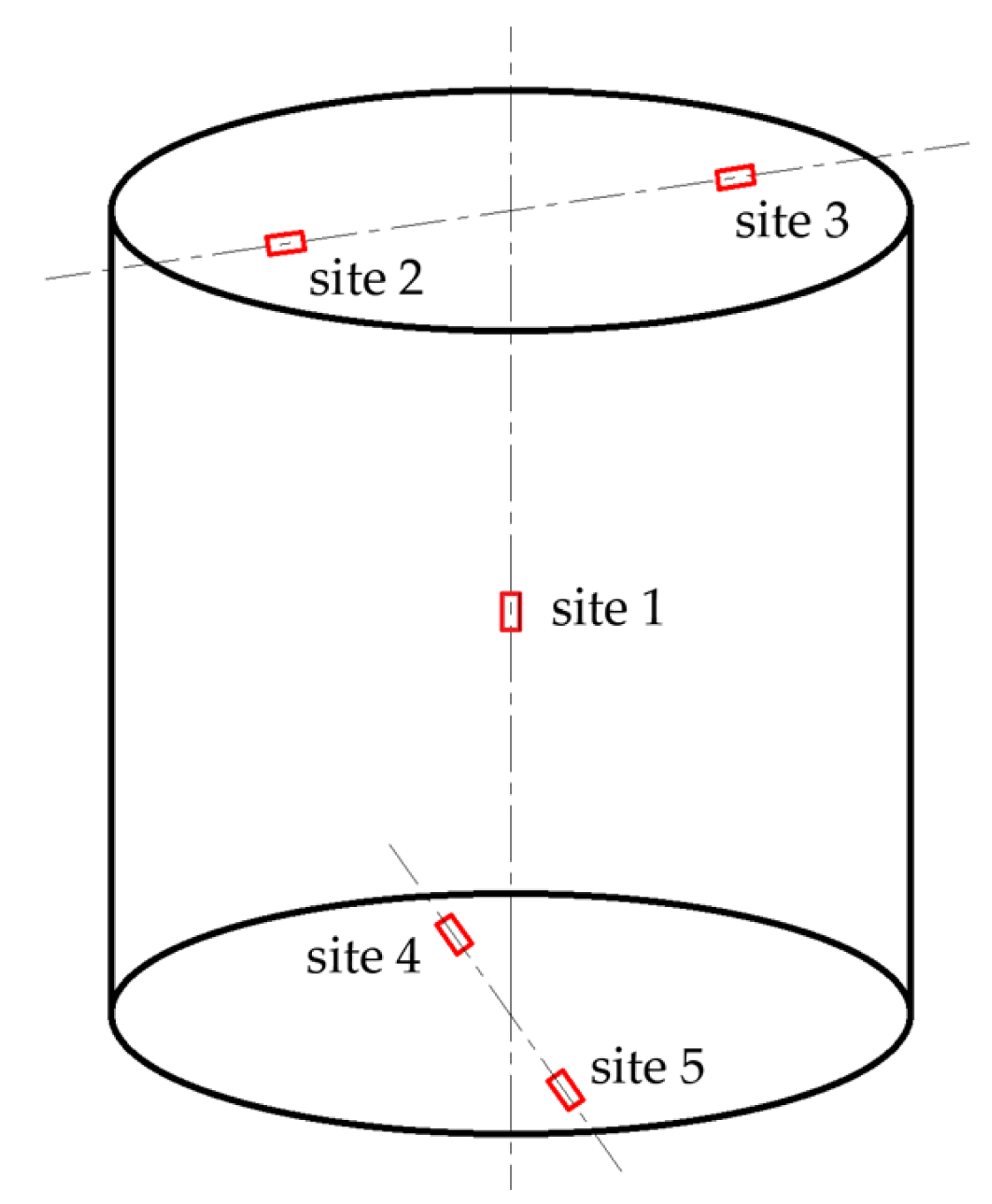

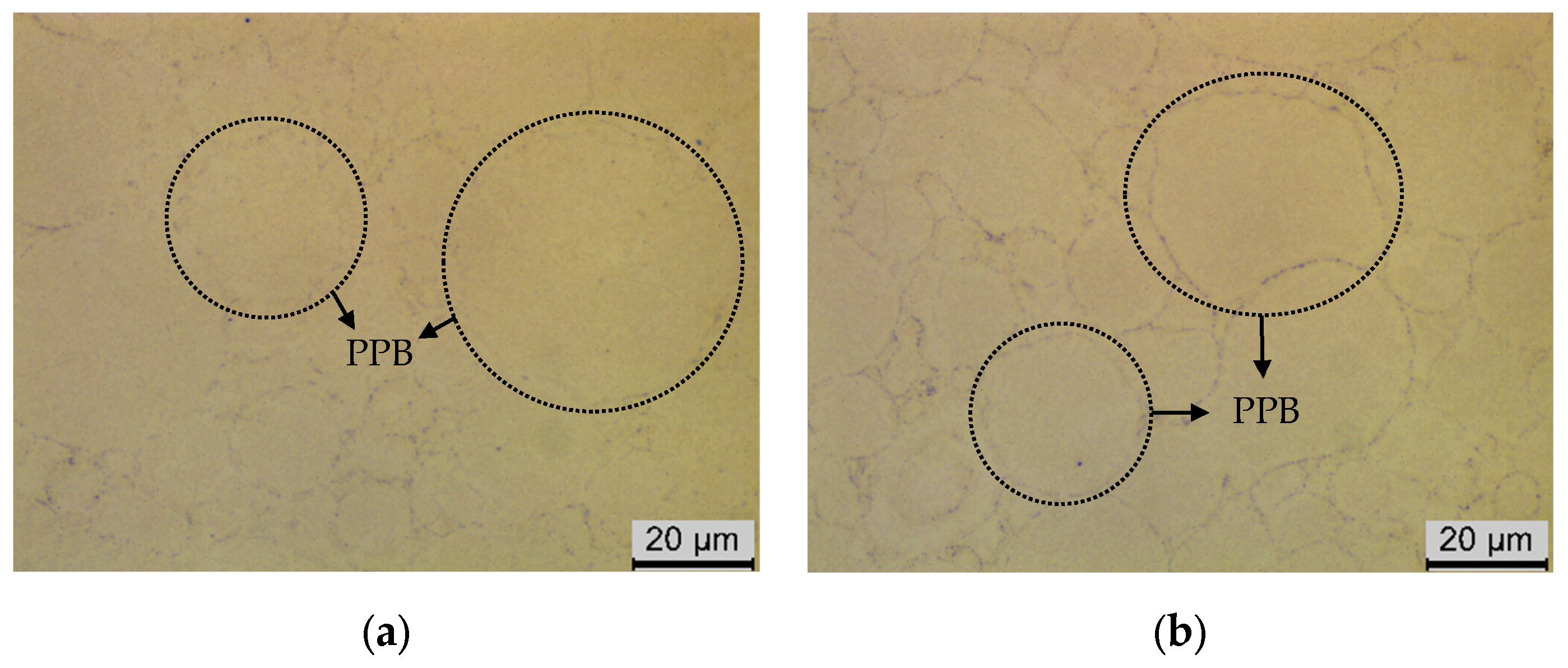

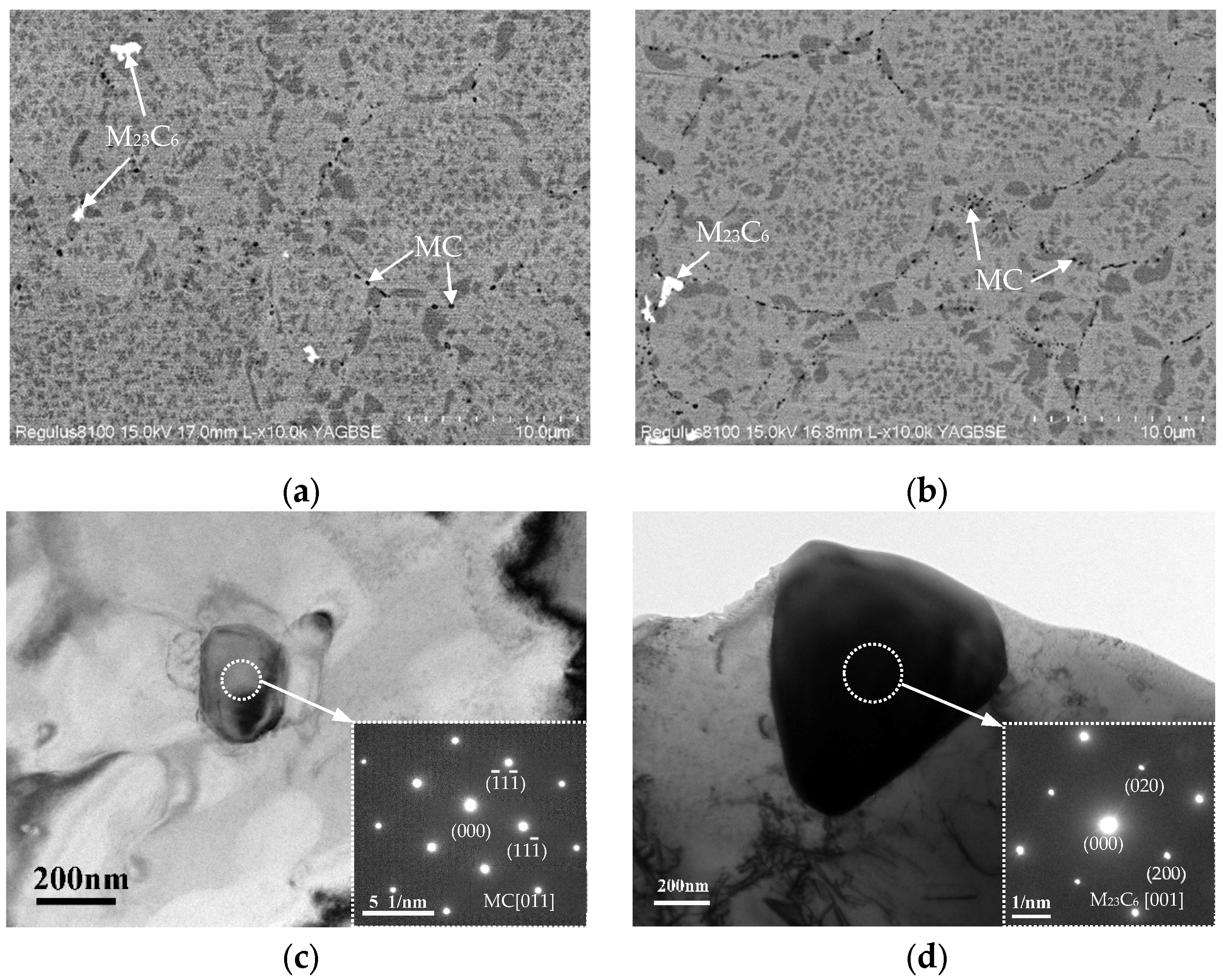
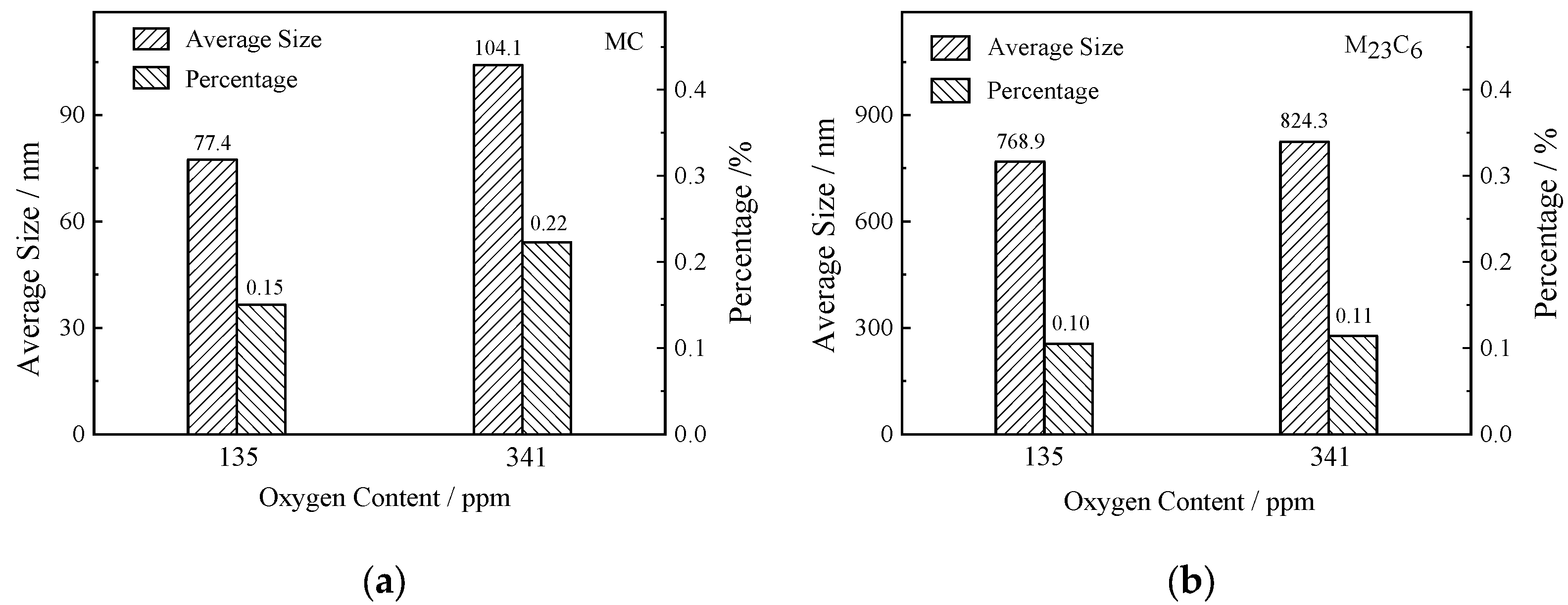
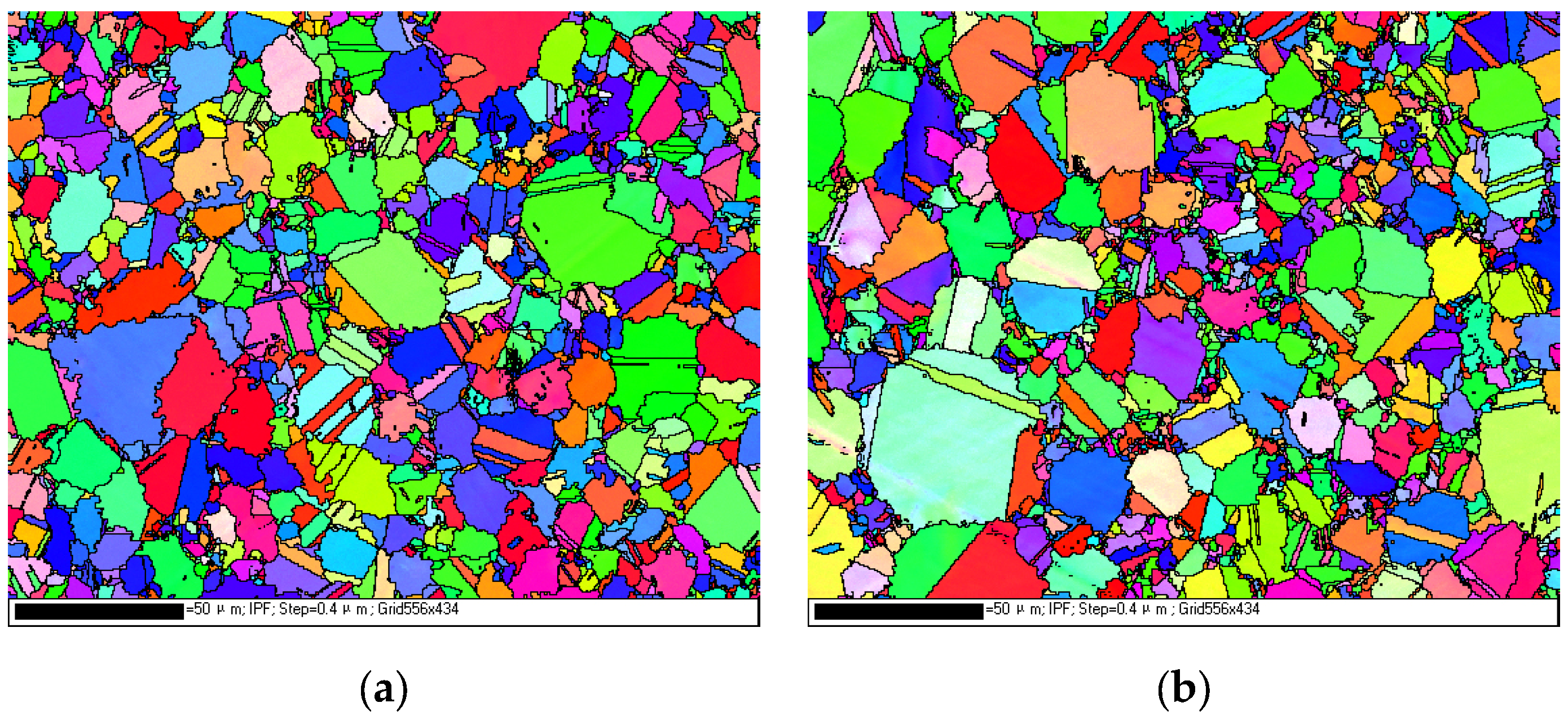
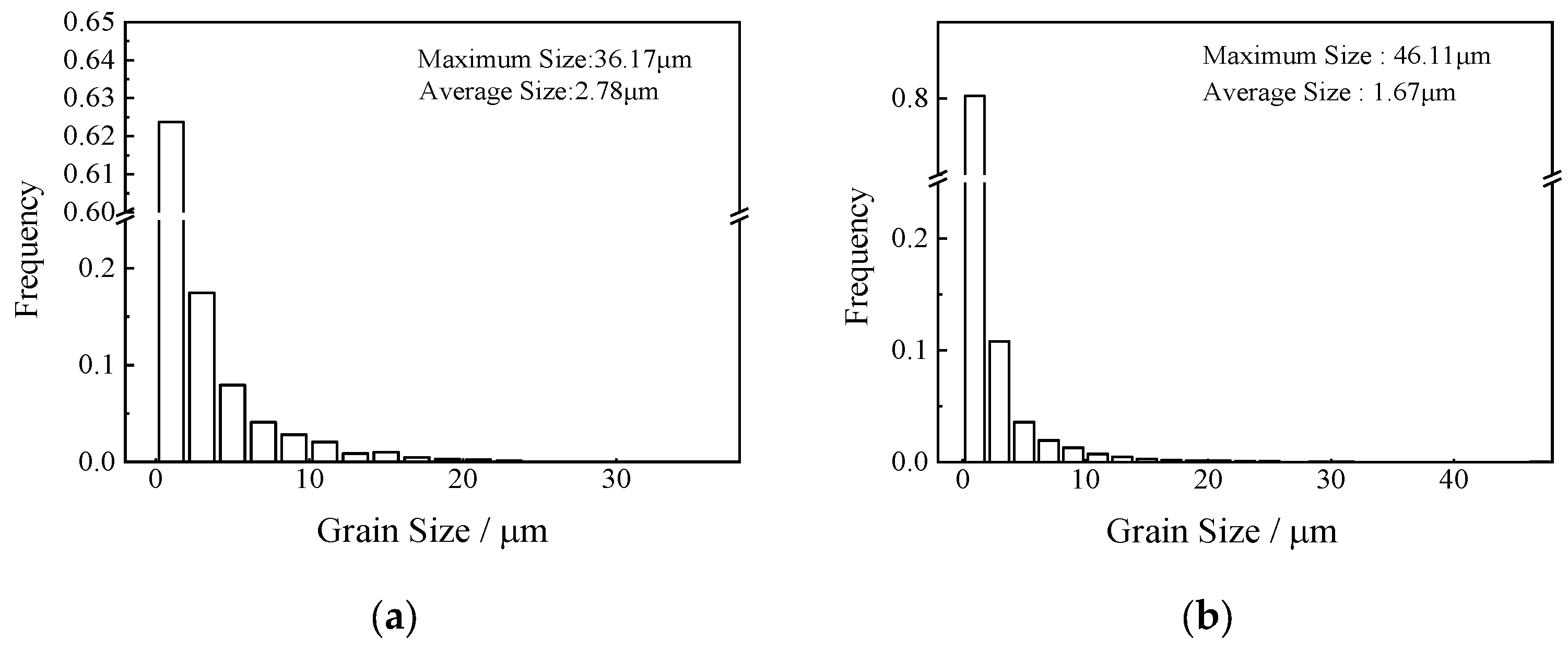

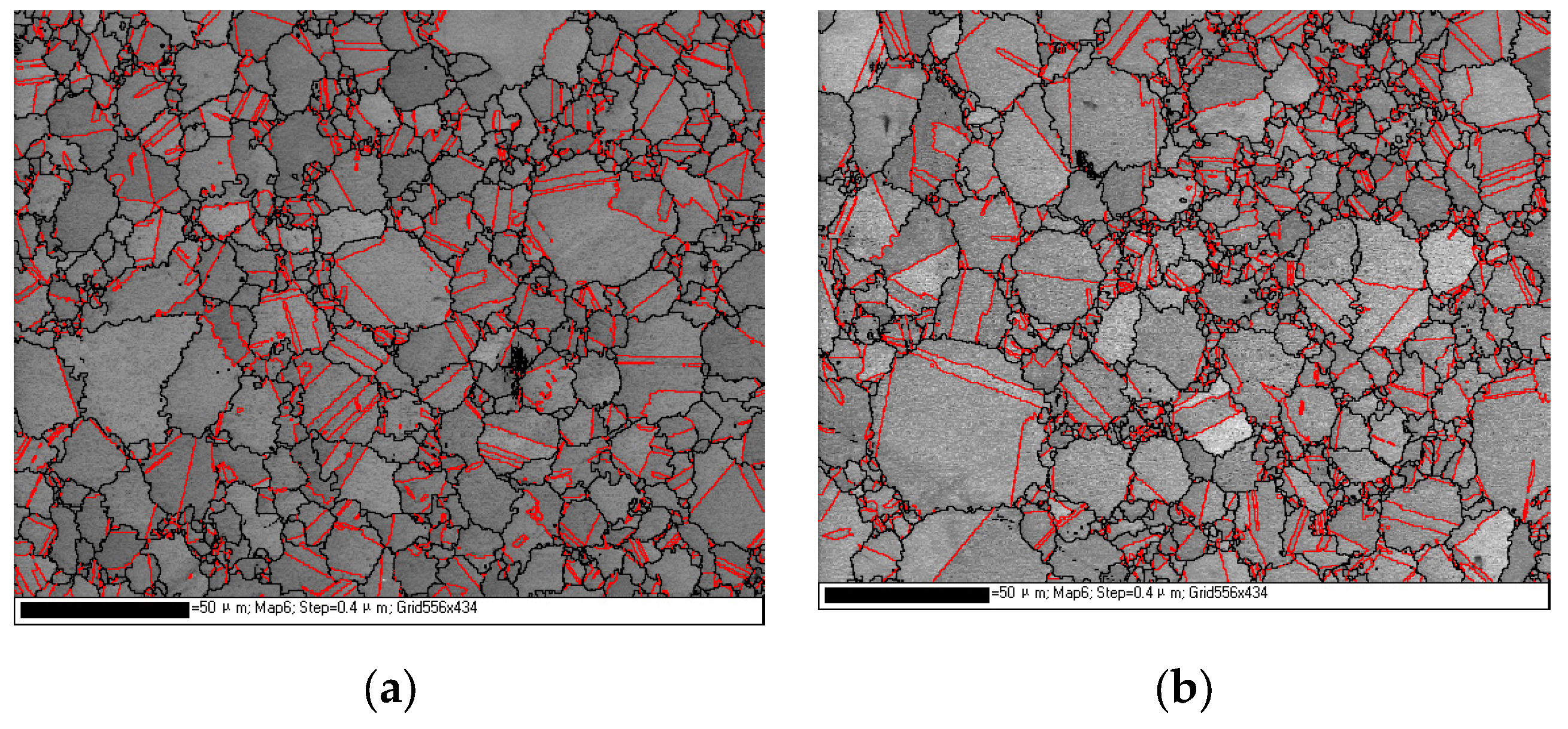

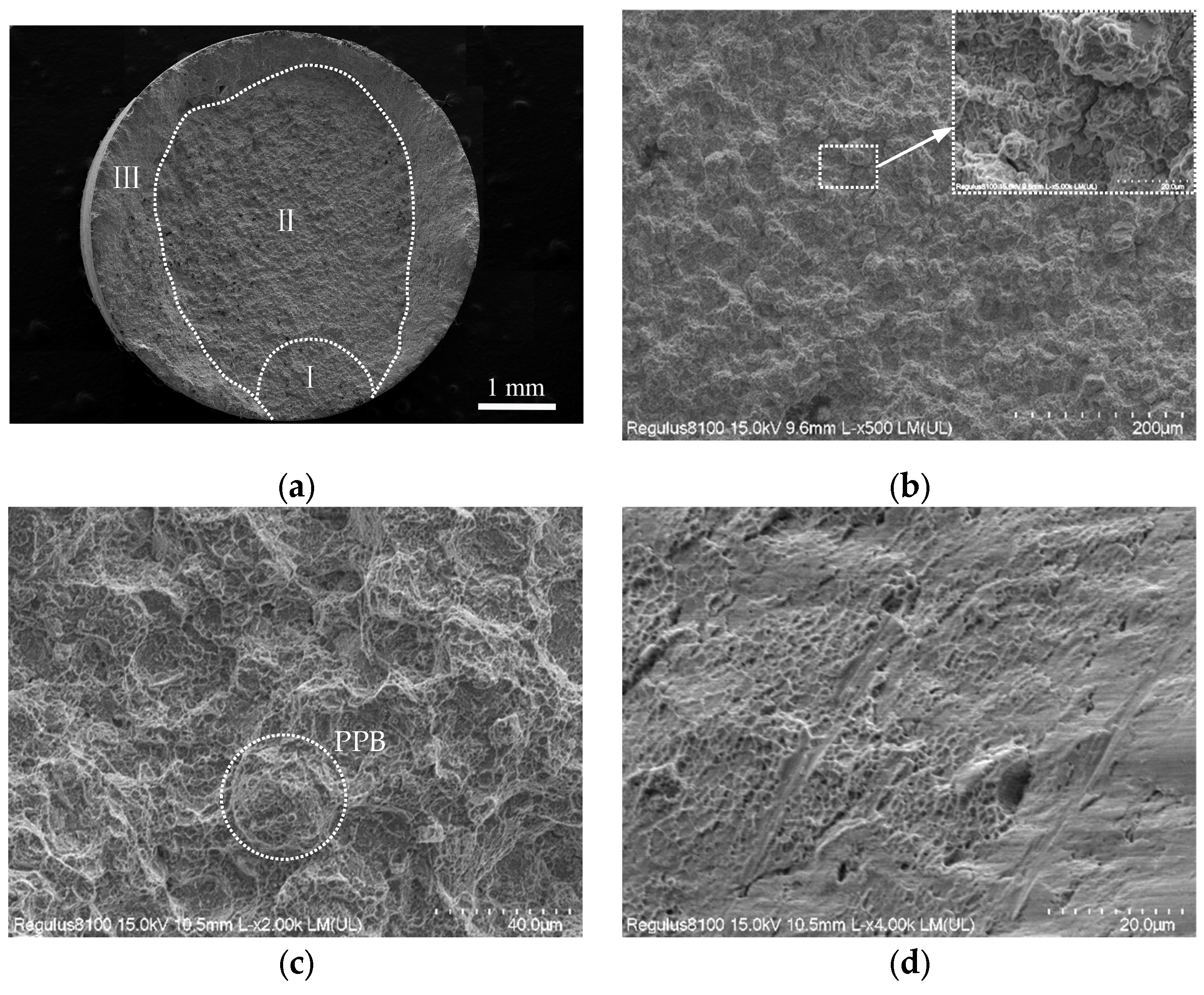


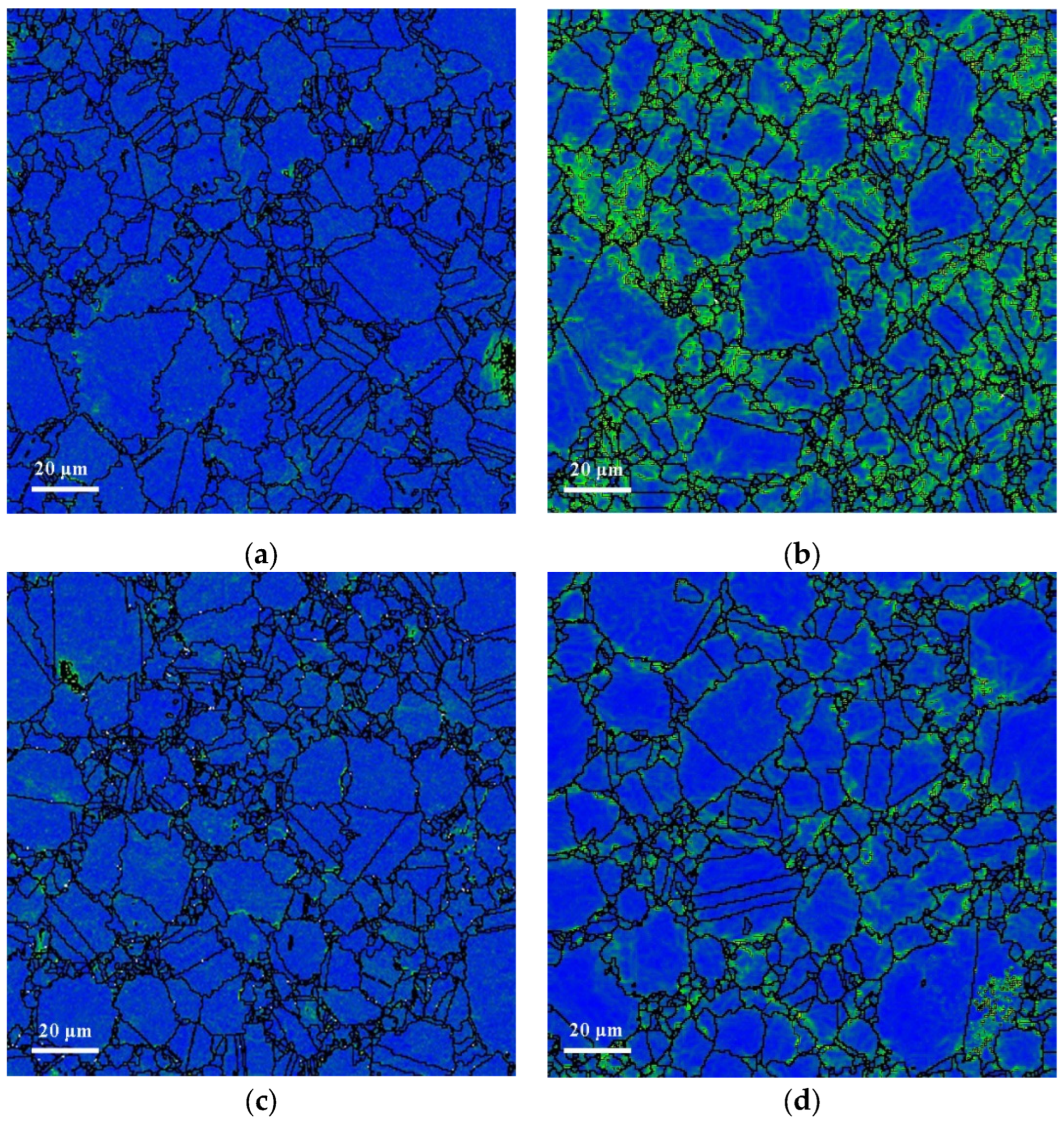

| State | Original | Preoxidized | ||
|---|---|---|---|---|
| Average | Standard Deviation | Average | Standard Deviation | |
| Powder | 141 | 13 | 397 | 9 |
| HIPed | 135 | 6 | 341 | 6 |
| Oxygen Content/ppm | γ′1/μm | γ′2/nm | γ′3/nm |
|---|---|---|---|
| 135 | 1.07 | 325.4 | 22.6 |
| 341 | 1.27 | 320.7 | 24.8 |
Disclaimer/Publisher’s Note: The statements, opinions and data contained in all publications are solely those of the individual author(s) and contributor(s) and not of MDPI and/or the editor(s). MDPI and/or the editor(s) disclaim responsibility for any injury to people or property resulting from any ideas, methods, instructions or products referred to in the content. |
© 2024 by the authors. Licensee MDPI, Basel, Switzerland. This article is an open access article distributed under the terms and conditions of the Creative Commons Attribution (CC BY) license (https://creativecommons.org/licenses/by/4.0/).
Share and Cite
Liu, Y.; Zhang, S.; Zhang, L.; Zheng, L.; Li, Z.; Zhang, L.; Zhang, G. Effects of Oxygen Content on Microstructure and Creep Property of Powder Metallurgy Superalloy. Crystals 2024, 14, 358. https://doi.org/10.3390/cryst14040358
Liu Y, Zhang S, Zhang L, Zheng L, Li Z, Zhang L, Zhang G. Effects of Oxygen Content on Microstructure and Creep Property of Powder Metallurgy Superalloy. Crystals. 2024; 14(4):358. https://doi.org/10.3390/cryst14040358
Chicago/Turabian StyleLiu, Yufeng, Shaorong Zhang, Lichong Zhang, Liang Zheng, Zhou Li, Lin Zhang, and Guoqing Zhang. 2024. "Effects of Oxygen Content on Microstructure and Creep Property of Powder Metallurgy Superalloy" Crystals 14, no. 4: 358. https://doi.org/10.3390/cryst14040358




